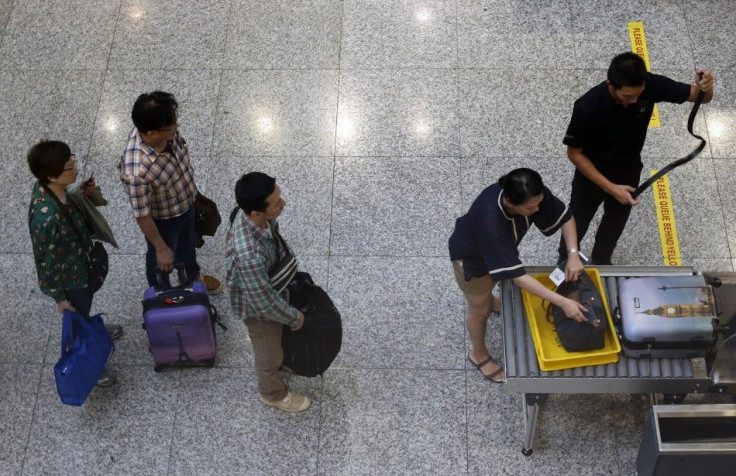Travel Alert: Australia Mulls To Review Airport Security Policy, Could Allow Scissors, Metal Cutlery Back In Planes

The Australian Office of Transport Security has recommended for a review of current airport security policies and has suggested to allow again the entry of small scissors, tools and metal cutlery onboard flights.
Sachi Wimmer, Executive Director of the Office of Transport Security, said removing the items from the proscribed or banned list will enable the airport security personnel to focus on the more essentially dangerous items to look for. At the Australian Airports Association national conference on the Gold Coast on Tuesday, Wimmer said rather an applying "one size fits all" approach, culled from the September 2001 experience, it is best to focus on placing sensible security measures that are specific and exclusive to airports, depending on the level of risk involved.
"We really need to focus our activities on areas of highest security risk. Our challenge is ensuring security outcomes are maintained and dealing with the perception they might not be which happens every time we change security settings," Wimmer said. She noted if its solely up to her, she would exclude from the list scissors with blades of 6cm or less, tools no bigger than 6cm and metal cutlery with rounded ends. The recommendation has been submitted for review by government ministers.
Australia has been forecast to receive at least 260 million travellers who will past through its airports by 2030. Such numbers could cause mayhem at the facilities, prompting regulators to devise ways that would expedited screening time for lower-risk passenger groups, improve the use of Smart Gate technology as well as match an airport's security measures depending on its risk profile.
Instead of addressing all vulnerabilities in one catch phrase, Wimmer said the OTS would rather focus on "where we judge the highest risks to be." However, during the conference, she did not mention just when a passenger is considered low risk.
Stephen Goodwin, chairman of the Australian Airports Association, said it does cause delays most of the time scrutinising a passenger's luggage for the prohibited items. It is a challenge for most screeners "to look for so many items on a daily basis hundreds and hundreds of times."






